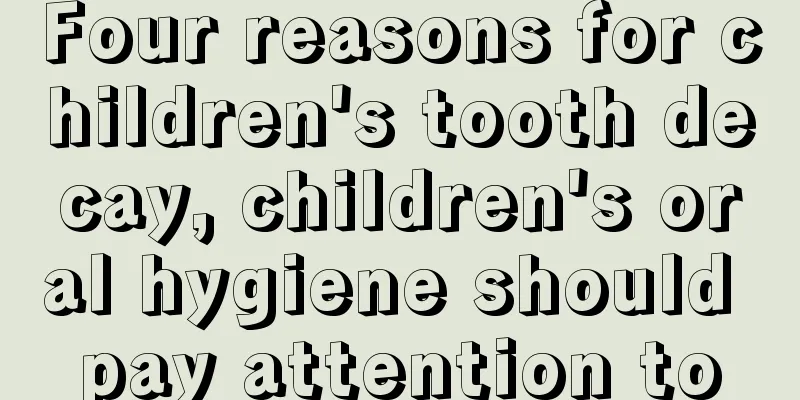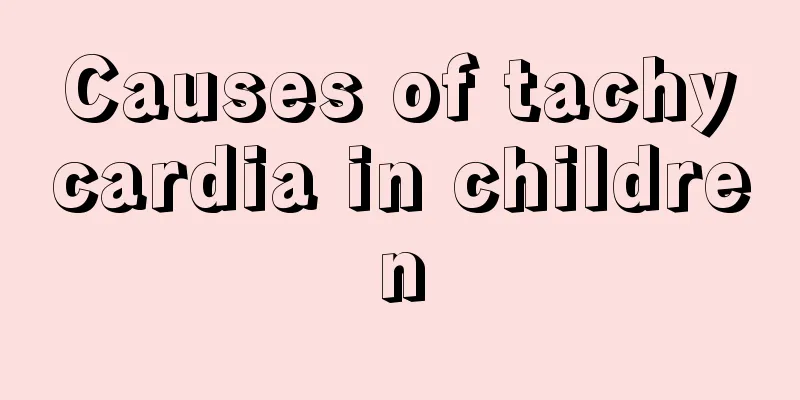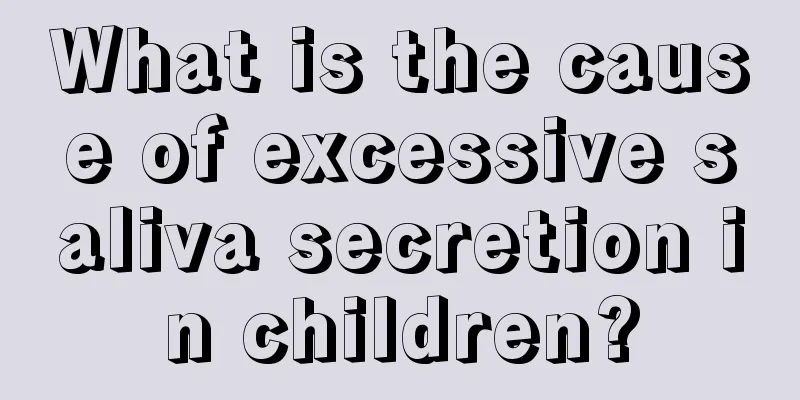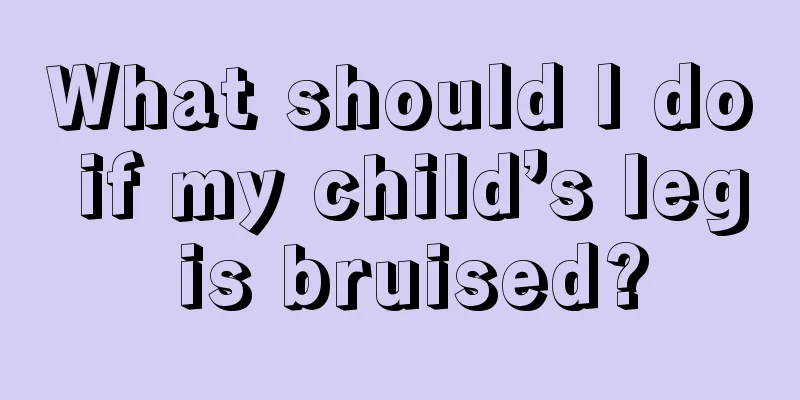What should I do if my child’s hand is dislocated? Introducing the correct solution

|
If a child's hand is dislocated, it will definitely be very painful and the child will cry very hard, but parents should not panic at this time. They should help the child keep his hand in the correct posture, and then ask professional personnel to reposition it and fix the hand. In short, scientific treatment must be adopted to avoid sequelae that affect the child's future. The following is the correct solution. 1. What should I do if a child’s wrist is dislocated? Manual reduction: The earlier the manual reduction is performed, the easier it is and the better the effect. However, reduction should be performed by an experienced specialist. The specific operation method is: hold the child in a sitting position, with the operator facing the child. Flex the elbow 90 degrees and place it at the child's side. The surgeon holds the lower end of the upper arm with one hand to prevent the shoulder joint from rotating and places the thumb on the radial head. Hold the wrist of the affected limb with the other hand and perform forearm supination movements several times in a row. At this time, a crisp, slight snapping sound can be heard or the fingers can be felt bouncing. The child stops crying and can use the affected hand to pick up objects, indicating that the radial head has been repositioned. For children who have been dislocated for more than 24 hours or have a history of recurrent dislocation, the popping sound or bouncing sensation during reduction is often not obvious due to local swelling, and the pain may not disappear immediately after reduction, but other symptoms can mostly be relieved. At this time, it is advisable to use a neck and wrist strap to fix the elbow at a right angle for about one week. It is worth noting that if the child's arm is motionless but there is no pain, you can use a triangular bandage or cloth to slightly fix the dislocated part and then seek medical attention immediately; but if the child feels pain when moving his arm, or his arm hangs down limply, he needs to be sought for emergency treatment immediately. When a child has a dislocated limb, do not move the baby's affected limb at will to avoid causing secondary injury to the affected part during the movement. First fix the affected part and then apply ice, and go to the hospital for treatment as soon as possible. After the radial head is repositioned, fixation is generally not required, but parents should be reminded that dislocation is recurring and habitual, and once it happens, it is likely to recur in the future. Never pull the child's arm suddenly by lifting objects or change the child's clothes with rough movements, so as to avoid dislocation from happening again and forming a habitual dislocation. 2. How to prevent dislocation in children? When adults interact with children, they should avoid unilateral pulling movements. Try to avoid sudden, forceful pulling of your child's hands and feet, whether on injured or healthy limbs. When playing with children, you should control your force appropriately. It is important to note that dislocations in children are recurrent. Once a baby has had a dislocation, it will happen again and again. Therefore, if a child has a history of dislocation, parents should avoid applying excessive force to the same part of the body when playing with the child or having physical contact with the child. 3. How to determine whether a child has a dislocation? Put the toy in front of the child and let him reach out to grab it. If he can raise his hands above his head, it means there is no problem. On the other hand, if your child consistently avoids using that arm, or is unable to raise it even when using it, then it is likely dislocated. Characteristics of dislocation: 1. Dislocation often occurs in the mandible, shoulder, elbow, hip joints and other parts. It is usually caused by improper traction, trauma or a strong history of violence. 2. After dislocation, the affected area will experience swelling, pain and limited mobility. 3. Depending on the location of the dislocation, children may be in a specific position with restricted movement. Due to changes in the limb shape and position, the limbs may be shortened or lengthened, and there may be obvious deformities in the joints. After reading the above introduction, now you know how to deal with dislocation in children. Dislocation is habitual in children, so parents should take good care of their children to prevent them from getting dislocated frequently. |
<<: Is it good to give enema to children when they have a fever?
>>: What are the treatments for children's itchy throat and cough?
Recommend
What should I do if my child has repeated fever?
When a child is sick, it is the most troublesome ...
What are the symptoms of adolescent growth and development
What are the symptoms of adolescent growth and de...
6 common diseases that mothers often misdiagnose
1. What's going on when the baby has a high f...
What to do if your child has a throat ulcer
Ulcers can occur not only inside the human mouth,...
How to treat baby's inguinal hernia
Inguinal hernia in babies is a common pediatric d...
At what age do children start losing their teeth?
I believe we all remember the experience of losin...
Is hemolytic jaundice easy to treat?
For newborn babies, jaundice is very common, but ...
What are the criteria for anemia in children?
There are several groups of people who are prone ...
What is the reason for the recurrence of allergic purpura in children?
Allergic purpura is a relatively common skin dise...
Infant and child development at different stages
The physical development of infants and young chi...
What causes itchy head in children?
Itchy scalp in children is a problem that many pa...
Why are the palms and soles of the two-year-old baby yellow?
We all know that babies' skin is generally fa...
Add complementary food to your child
When the child reaches a certain age, it is actua...
Treatment of precocious puberty in girls
For parents, when their children reach a certain ...
How to treat eczema in children
We often find that many children are prone to ecz...









